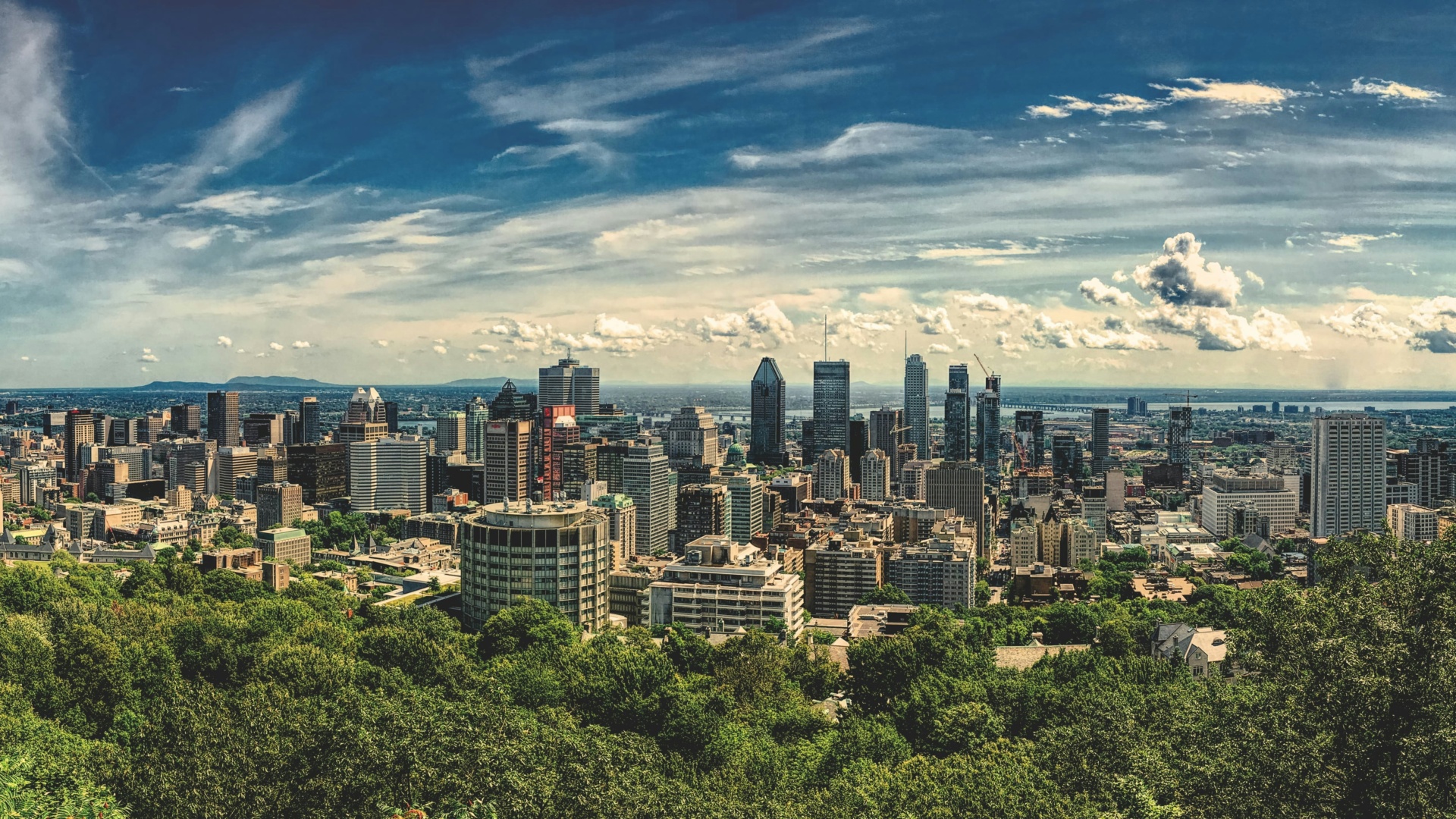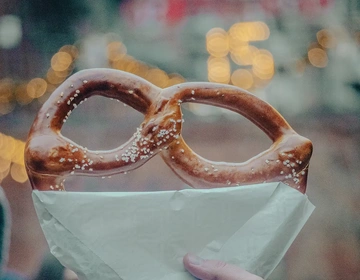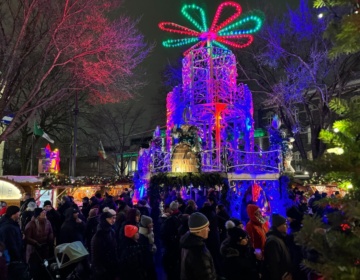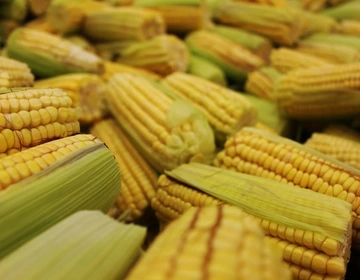If you’re planning a trip to Montréal and the temperature is above 15°C, you’d better add the word terrasse to your vocabulary! Montréal has long winters and short summers, so a Montréaler’s passion for terrasses borders on the obsessive.
It wasn’t always this way: in the past, public alcohol consumption was outlawed in the city, which included public-facing patios. A 2006 pilot project on Mont-Royal Avenue helped galvanize public opinion and eventually led to new laws, resulting in an explosion of terrasses around the city over the past two decades.
Today, you’ll spot terrasses popping up around the city in May, as soon as the risk of a late-season cold snap has passed. Terrasse season stretches well into the fall, with some spots remaining open year-round.
A terrasse is the perfect place to enjoy the fine art of cinq à sept. If you’re unfamiliar with these classic Montréal traditions, allow us to fill you in!
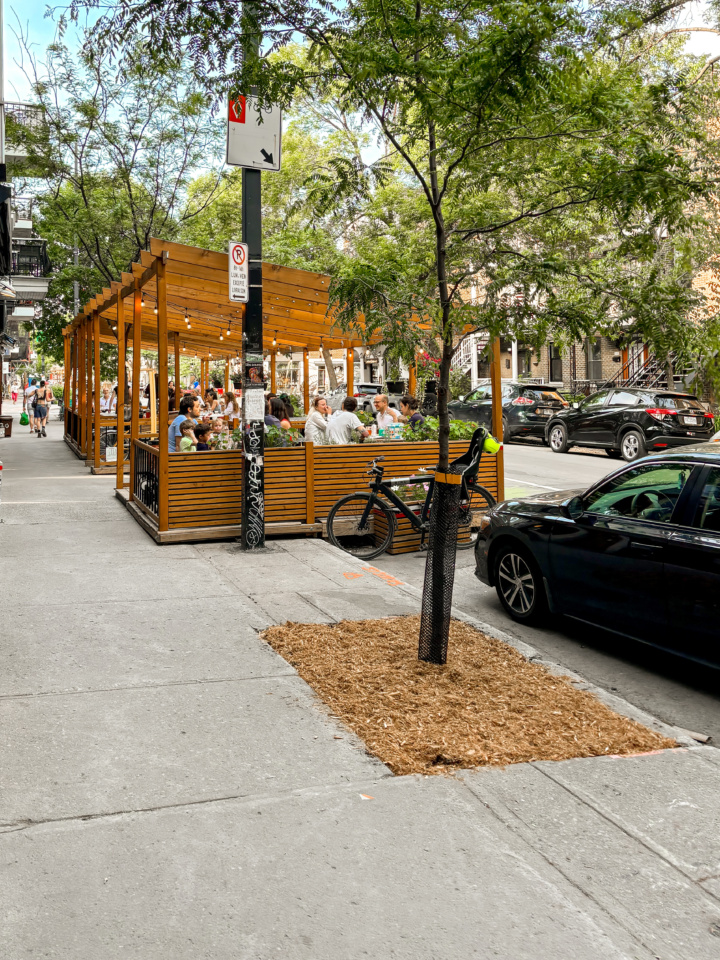
What is cinq à sept?
Cinq à sept, which literally translates to “five to seven,” is the period of time after work but before returning home. You may also spot it written out as 5 à 7 or 5@7. In francophone communities, the term is synonymous with an after-work gathering with friends or colleagues.
The concept of cinq à sept differs slightly from happy hour. While some bars and restaurants may offer drink and food specials during this time, the focus is not on consumption. Rather, it’s a time to unwind and catch up with friends or colleagues prior to returning home for dinner, and the food and drink on offer serve as a conduit to conversation.
A quick note on pronunciation: cinq à sept may look tricky to pronounce, but it's really just three easy syllables -- senk-uh-set.
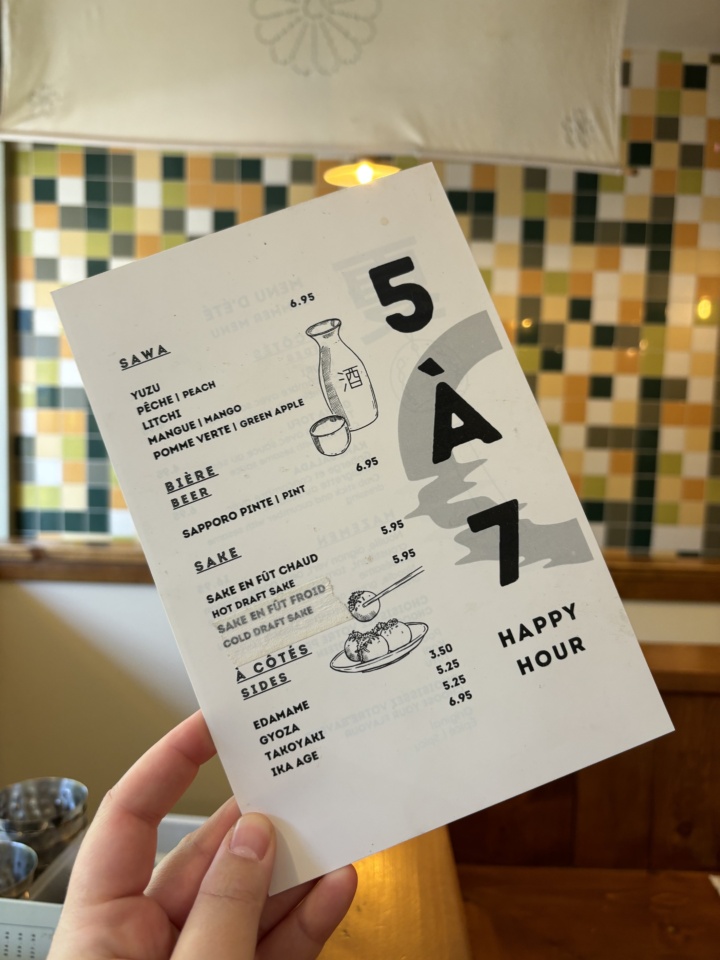
A cinq à sept gathering is an example of a third place: a space in the community with minimal barriers to entry, where people can gather, chat, and generally spend time together in an unstructured way. This tradition is part of the fabric of daily life in many communities across Québec, and starting from the moment when buds appear on the trees, people take their cinq à sept activities outdoors to the nearest terrasse.

What is a terrasse?
In Québec, a terrasse is much more than a mere patio. Long-time Montréal Gazette writer Pat Hickey put it best:
“Terrasse is a French word but it has a universal meaning for all Montréalers. By definition it is an open-air space often devoted to eating or drinking, but it is also a state of mind. After a long, harsh winter — and the past winter qualifies on both counts — the first rays of warming sun drives us outdoors.
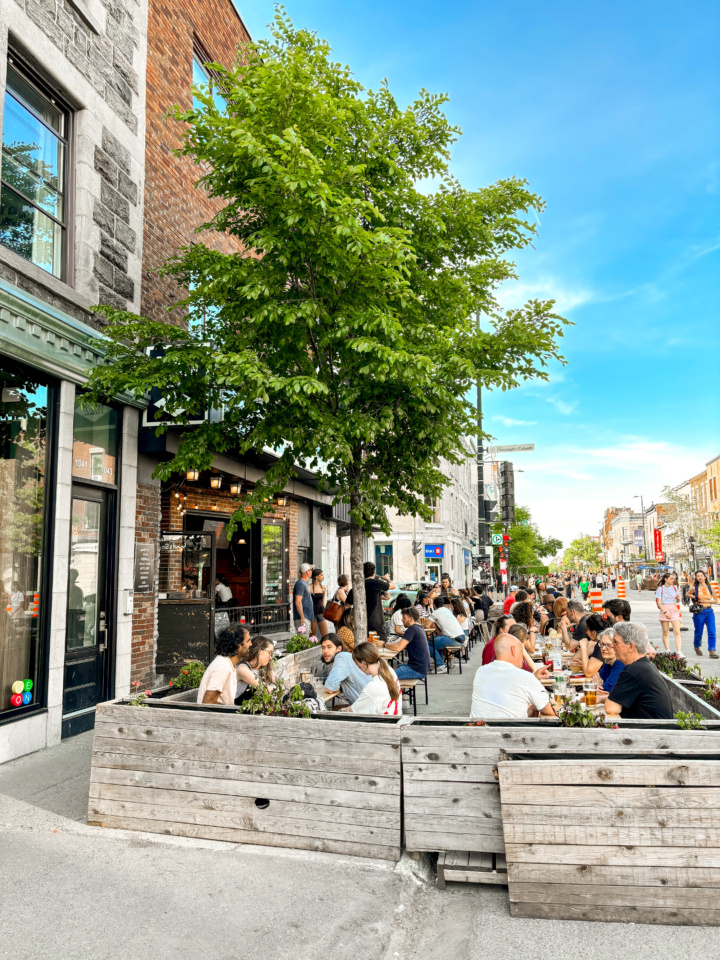
Montréal’s own bylaws provide a great explanation of the purpose of a terrasse: The terrasse should be a welcoming space that encourages passers-by to stop and take a break. These spaces, which are either built on the sidewalk or directly on the road, must be fully accessible, and a terrasse must have a significant number of plants and flowers as part of the decor. The goal is to create an urban oasis where people can escape the hustle and bustle of the city.
A quick note on pronunciation: in French, terrasse is pronounced té-RAS (emphasis on the second syllable, as opposed to the English TERR-ace). Practice it before your trip and you'll be ready to ask for an outdoor table in no time!
Cinq à sept + terrasse = a foodie match made in heaven
From May onward, terrasses crowd the streets in some of Montréal’s most popular neighbourhoods, creating one big al fresco dining experience with dozens or even hundreds of participants. The act of enjoying a drink on a terrasse with friends, surrounded by others who are sharing the same experience, fosters a sense of community that is quintessentially Montréal.
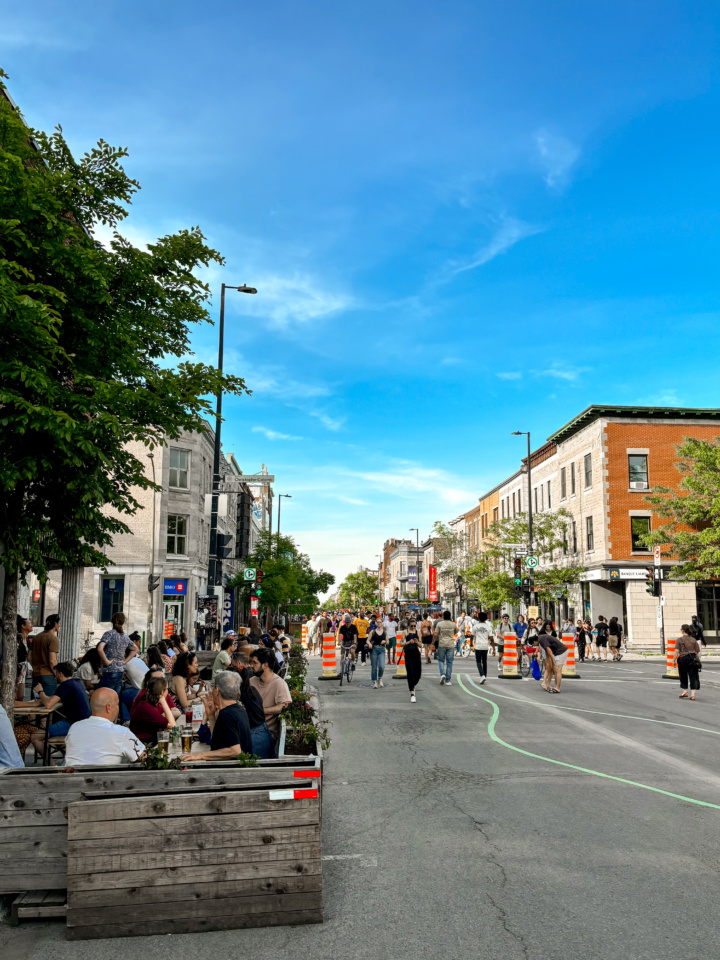
Some streets close to car traffic to make terrasse dining even more pleasant. One of the city’s biggest summer transformations is the pedestrianized Mont-Royal Avenue, which allows hundreds of bars and restaurants in the Plateau-Mont-Royal neighbourhood to spill out onto the street. Avenue Duluth, one of the city’s most charming streets, is also closed to car traffic for nearly half the year. Click here to check out more car-free spots across the city.
If you’re heading to Montréal for some summer fun, do as the locals do and spend an evening on a terrasse, enjoying a cinq à sept with friends and loved ones. Santé!
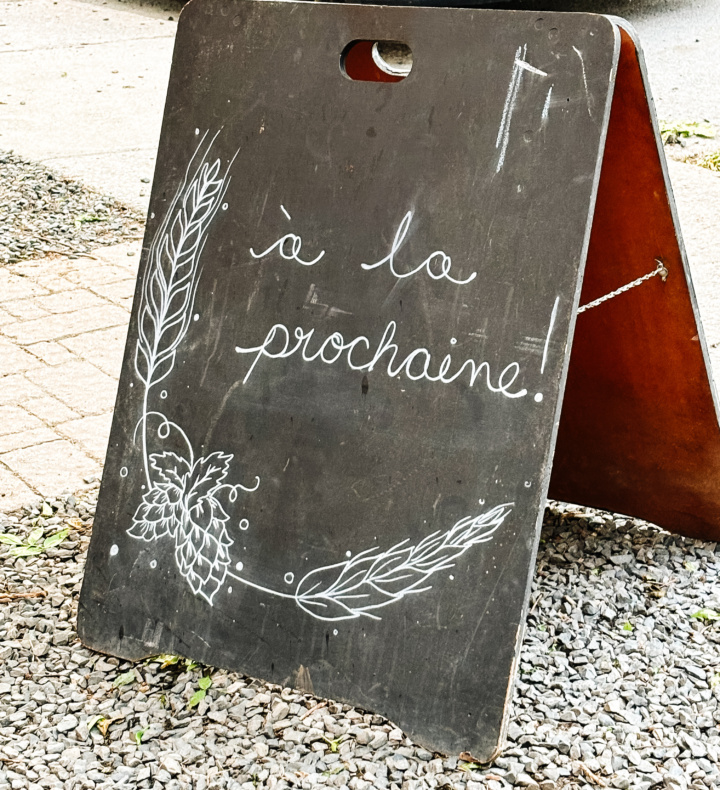
Ready to start planning your next Montréal adventure? Click here to check out some of our favourite foodie adventures in the city!
Header photo: Matthias Mullie on Unsplash
